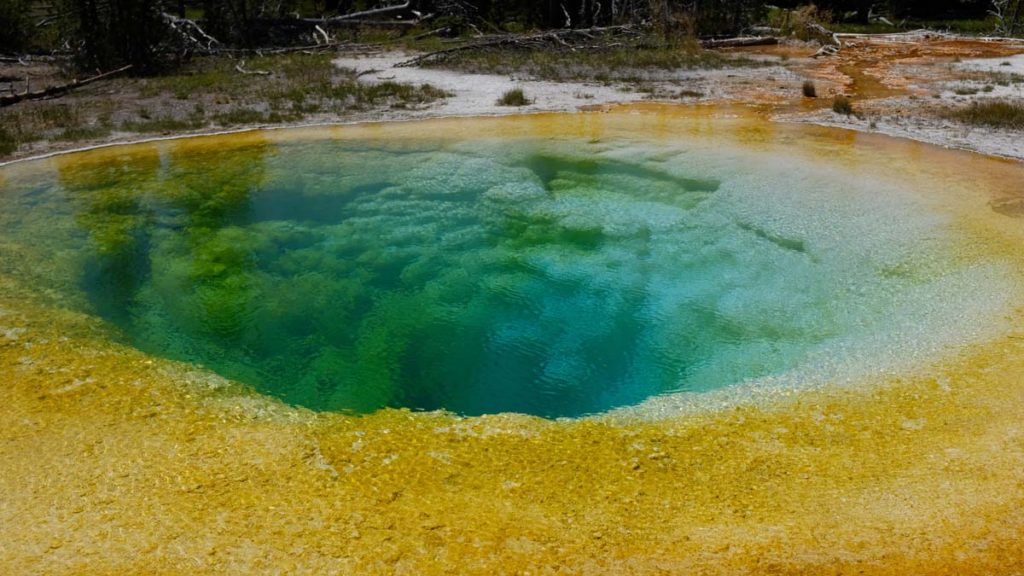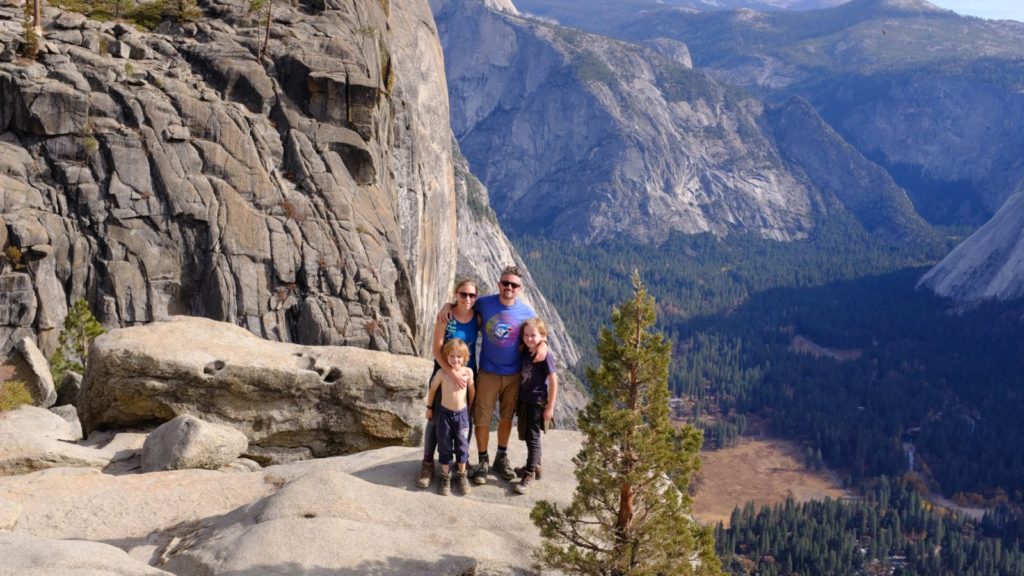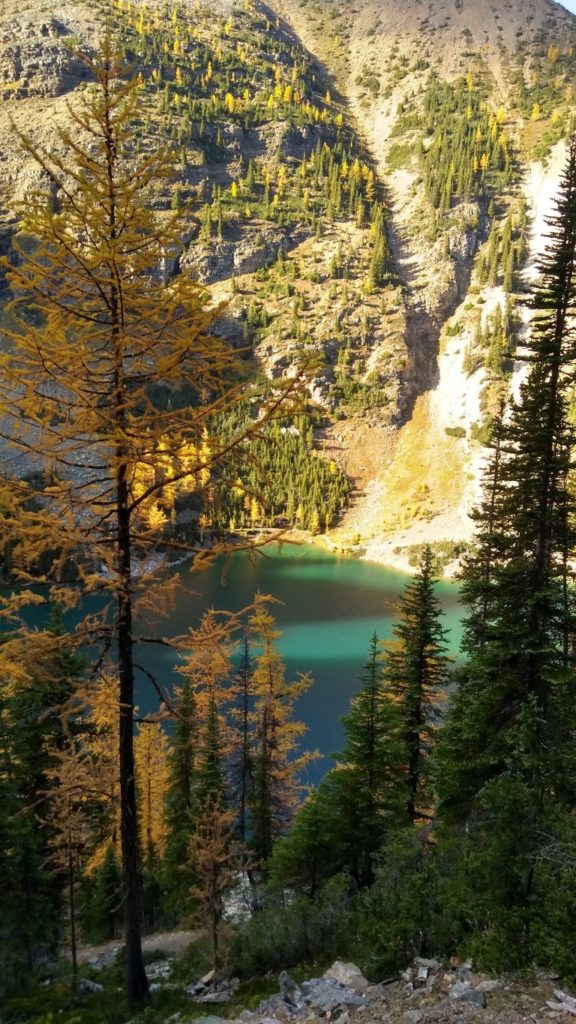U.S National Parks - educational, inspirational and perfect for Skoolie road-trips
Vast swathes of preserved land, incredible natural wonders, wildlife in abundance, amazing hikes and educational activities – if you are on a road-trip in America, you do not want to miss the National Parks.
This aspect of our trip taught us that our own UK Skoolie had to have the most beautiful surroundings to achieve true glamping heaven.

By Ruth
Skoolie Camping in the great outdoors
Each state runs its own beautiful parks, but there are 62 National Parks run by the U.S. National Park Service, founded in 1916, that are considered to be the crown jewels of America’s diverse landscape. They host millions of people each year and are beautifully curated and preserved so that people can have the best possible access to the natural world.
To see all 62, you’d need to visit 29 states and two U.S. territories. That wasn’t possible for us, but we bought ourselves an America the Beautiful National Parks yearly pass for $80.00 (entrance to Yellowstone is $50 alone, so it makes sense) and crammed in as many as we possibly could.
Read our top 5 parks below:
Yellowstone

If National Parks are the pinnacle of America’s outdoor experiences, Yellowstone National Park is at the very tippidy top of the pile. It covers 3,472 square miles of land and has the world’s greatest concentration of geysers, mud pots, fumaroles, hot springs and the largest number of free-roaming wildlife in the lower 48 states. The Grand Loop Road that circles around inside, close to most of the major attractions, is 142 miles long and it gives you the chance to see bison, grizzly bears, eagles, moose, elk and the relatively recently reintroduced, grey wolves.
We watched geysers shooting high into the sky, stared at bottomless turquoise pools and following winding canyons that rivalled Grand Canyon in drama. Our absolute favourite part was the Lamar Valley though. We went at dawn, winding through the herds of bison as they crossed the road in front of us and spotting grizzlies. We parked up alongside the road for a coffee and, as we climbed onto the roof-deck, we could hear the wolves howling. From our incredible vantage point we were actually able to spot two wolves hunting the bison – the surrounding cars had no idea what we were looking at.
All that in mind, it does not take a genius to work out why people recommend booking Yellowstone in advance. We arrived in the heart of the summer though and managed to snag two nights at one of the National Park campgrounds. We also free-camped in the Bridger-Teton Forest (to the east of neighbouring park, Grand Teton) and off the John D Rockerfeller Jr Highway (close to the south entrance). We also found a beautiful spot in the Shoshone Forest (just outside the gates to the north-east and perfect for early morning wolf-watching in the Lamar valley.










Where we stayed
Yellowstone is incredibly popular – it had 4,020,288 visitors in 2019 – so it is worth planning ahead. If you haven’t, it is possible to do it last-minute We arrived in the heart of the summer and managed to snag two nights at Bridge Bay Campground, one of the National Park campgrounds. We also free-camped in the Bridger-Teton Forest (to the east of neighbouring park, Grand Teton), off the John D Rockerfeller Jr Highway (close to the south entrance) and in forest land near West Yellowstone gate. Our top spot was a beautiful spot pull-in by the river in the Shoshone Forest (just outside the gates to the north-east and perfect for early morning wolf-watching in the Lamar valley. We spent a week enjoying the park and only paid for two nights – a bargain at $26pn!
Yosemite

Yosemite is one of America’s most popular parks and we were expecting it to be busy and impersonal. It is absolutely stunning though – you spend most of the time in a fairly small portion – the Yosemite Valley – and everywhere you look the views are jaw-droppingly gorgeous.
We hiked up to the top of Yosemite Falls and though there was no waterfall, it was the end of a very dry summer, the views were spectacular. Our favourite part of the park though was El Capitan. As a treat for climbing the Falls, we watched Alex Honnold’s Free Solo on the laptop and the boys became obsessed with bouldering. We spent hours watching the climbers on the rock face, tracking their slow progress with binoculars. Is that him? Maybe, just maybe…






Where we stayed
Yosemite is even more popular than Yellowstone. In 2019 it had 4,442,861 visitors. It’s much smaller – or at least Yosemite Valley is – so you need to get your campsite booked asap. There are some free / cheap options if you are in a small vehicle / tent, but in a Skoolie the closest we could get to free was a Boondockers Welcome home about an hour away.
Glacier

Back in the UK we had never heard of Glacier. When you get to America, and specifically Montana, it’s a different story. Despite the state being three times the size of England and full of wilderness, wildlife and stunning mountain passes (check out our video of Skalkaho Pass!), every local spoke wistfully of Glacier National Park and the incredible hiking opportunities. We primed the boys and packed the treats!
We hiked some incredible trails , taking the Trail of the Cedars, through huge old Red Cedars full of deep, dark crevices, then branching (no pun intended!) off to Avalanche Lake. This gradual two-mile incline took us up through the forest past chipmunks and ground squirrels, fallen trees, moss-strewn boulders and streams – remnants of an old glacier that forged a path here. Eventually it all opened out to a circle of mountains complete with waterfalls – all of which were cascading into the stunning, turquoise Avalanche Lake. It was unbelievably picturesque and serene, despite the number of people on the same walk.
We also took on part of the Highline Trail and Hidden Lake Overlook Trail at the top of the pass. The views were spectacular, a deep blue lake flanked by steep crevices and Sperry Glacier. Further down on the other side of the park, we enjoyed St Mary Falls, then on to the slightly higher Virginia Falls. It was a beautiful, relatively quiet seven-mile return walk alongside the glacial St Mary Lake, past Baring Falls and underneath the scarred Rockies.
Our favourite part of the week was our mega-trek. We had built the boys up to an 10-miler, and chosen Iceberg Lake as our chosen walk. We’d been learning a lot about trees through the Junior Ranger packs, and we were able to identify Lodgepole Pine through the cones and could see signs of how the forest was rejuvenating itself through its growth patterns. The view down the valley, thick with trees and with no development or people in sight, felt like one of the wildest places we had been and when we arrived at the glacial lake in the mountains, we heard the crunch and creak of cracking ice and watched a huge chunk break free from the face. Incredible.




Where we stayed
You cannot drive anything over 21ft over the Going to the Sun road, the only route through the park, so the most obvious thing to do is camp at Apgar or St Mary’s Visitor Centres in West Glacier or St Mary’s respectively. From here, Glacier National Park offer a free shuttle – it’s a killer of a queue waiting for it, but it does mean you can explore the park. We also stayed at Many Glacier campsite, which was much busier. Get there early and be prepared to queue for vacating spots.
Big Bend

Big Bend is a wondrous place. It’s difficult to get to – well it takes a long time (everywhere in Texas takes a long time!), but it was well worth the trip. It is the only National Park that contains an entire Mountain Range – the Chisos. Unfortunately you can’t drive big vehicles into the campsites at the base of the Chisos so we had to rethink our week of big views and tired hiking legs. Instead we headed to the Rio Grande
It was magnificent. We had glorious sunshine and and the Sierra del Carmen literally glowed at sunset. We had some gorgeous walks from the campsite to the Hot Springs, where you can soak in the water before walking back along the river to camp. There was also a nature walk that jutted out onto a pinnacle. Surrounded by the curve of the river, Mexico just a stones throw away, it was a wonderful place to watch some of the hundreds of variety of birds, including the bobbing heads of road-runners as they pelted ahead of us; listen to the bells around the necks of the Mexican donkeys as the grazed on the river bank and laugh at the turtles as they plopped off branches into the river.
Our favourite part? As I was lying in bed one morning drinking my tea, a coyote wandered past. A coyote! I called the boys, partly so they could also see this elusive creature but a little bit because I had no idea where they were and wasn’t entirely sure that small boys weren’t coyote fodder!



Where we stayed
We stayed in the Rio Grande campsite in the south of the park. Originally disappointed because we had wanted to be in the heart of the Chisos (and you can’t take large vehicles down the road leading to the base), it actually turned out to be an incredible spot. There was lots to do there and the scenery was stunning – all the beauty of the riverside with the Chisos as a backdrop.
Banff National Park

The Canadian Rockies had long been on my list of places to visit. Right at the top was the Icefields Parkway, part of Banff and Jasper National Parks, which runs from Lake Louise to Jasper. The Icefields Parkway is one of the ‘must-do’ things in Canada in a Skoolie (according to every list ever written!) and we were not disappointed. We were on the cusp of Autumn and as we drove the Icefields Parkway the leaves were changing to a beautiful array of reds and golds. The road is beautiful but it is long – it takes a good few hours to drive it – so we broke it up with a hike above the Athabasca glacier, stopped for two nights so that we could visit Maligne Canyon, then, on our return, stopped at Sunwapta and Athabasca Falls.
The highlight of the Canadian parks was Lake Louise in Banff National Park. Of all the places we visited, this spot was the most touristy but it really is spectacular. We lucked out with a glorious, sunny day and the impossibly turquoise-blue water was shimmering, the mountains surrounding them were golden with autumnal larch trees and the snow capped peaks were a stark white against the blue skies. We escaped the crowds by heading past the beach at the far end of the Lake and following the valley up to the Plain of Six Glaciers tea house. From there it was a steep-ish trail to view the Plain of Six Glaciers themselves, then on to the Highline trail and the Little Beehive trail. We had phenomenal views over Lake Louise’s cloudy, glacial, turquoise water on one side and Emerald Lake on the other, a sharp contrast with it’s clear green water. We hiked down the switchbacks and had tea in Lake Agnes tea house before climbing down to Lake Louise, sun-kissed, wind-swept and ready for a Canadian beer!






Where we stayed
We stayed in Tunnel Mountain Campground in Banff, which was fab. We actually hired a car to do the Parkway because we had guests with us and wanted to make sure we could park, so we left the Skoolie there for a couple of days. Back at Lake Louise, reunited with the bus (oh how we missed it!), we stayed cheaply at the overflow parking site – it worked perfectly as there was a shuttle that took us straight past the car park queues, right to the lake itself.


